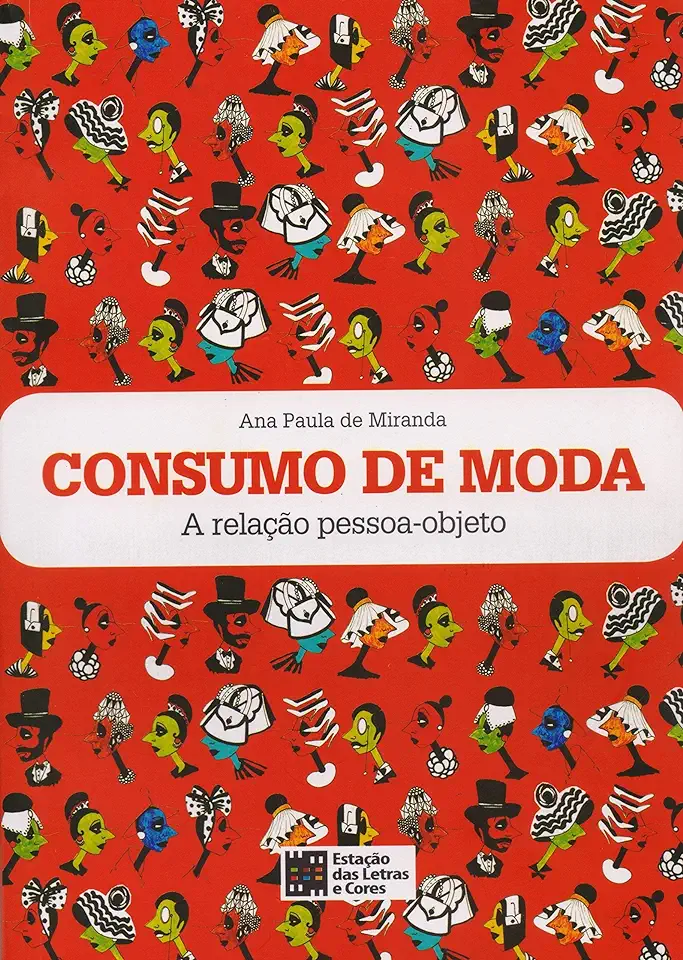
Fashion Consumption: The Person-Object Relationship - Ana Paula De Miranda
Fashion Consumption: The Person-Object Relationship by Ana Paula De Miranda
In her book, "Fashion Consumption: The Person-Object Relationship," Ana Paula De Miranda explores the complex relationship between people and the clothes they wear. Drawing on a wealth of research from psychology, sociology, and anthropology, Miranda argues that fashion is not simply a matter of aesthetics, but rather a powerful form of self-expression and identity formation.
The Psychology of Fashion
Miranda begins by examining the psychological factors that drive fashion consumption. She argues that people buy clothes for a variety of reasons, including:
- To express their individuality: Clothing can be a way for people to show the world who they are and what they stand for.
- To fit in: Clothing can also be a way for people to conform to social norms and expectations.
- To feel good about themselves: Wearing clothes that make people feel good about themselves can boost their self-esteem and confidence.
- To attract others: Clothing can also be used to attract potential partners or mates.
The Sociology of Fashion
Miranda then turns to the sociological factors that influence fashion consumption. She argues that fashion is not simply a matter of individual choice, but rather a social process that is shaped by a variety of factors, including:
- Social class: People's social class can have a significant impact on their fashion choices. For example, people from higher social classes tend to wear more expensive and luxurious clothing than people from lower social classes.
- Gender: Gender also plays a role in fashion consumption. For example, women tend to wear more clothing than men, and they are more likely to experiment with different styles.
- Culture: Culture also has a significant impact on fashion consumption. For example, people from different cultures tend to wear different types of clothing.
The Anthropology of Fashion
Finally, Miranda examines the anthropological factors that influence fashion consumption. She argues that fashion is not simply a superficial phenomenon, but rather a deep-seated part of human culture. She explores the role of fashion in rituals, ceremonies, and other social events. She also examines the way that fashion has been used to express cultural identity and to communicate social messages.
Conclusion
In conclusion, "Fashion Consumption: The Person-Object Relationship" is a comprehensive and insightful exploration of the complex relationship between people and the clothes they wear. Miranda draws on a wealth of research from psychology, sociology, and anthropology to provide a nuanced understanding of the role of fashion in human life. This book is a must-read for anyone interested in fashion, consumer behavior, or cultural studies.
Why You Should Buy This Book
If you are interested in fashion, consumer behavior, or cultural studies, then "Fashion Consumption: The Person-Object Relationship" is a must-read. This book provides a comprehensive and insightful exploration of the complex relationship between people and the clothes they wear. Miranda draws on a wealth of research from psychology, sociology, and anthropology to provide a nuanced understanding of the role of fashion in human life.
This book is also a valuable resource for anyone who works in the fashion industry. By understanding the psychological, sociological, and anthropological factors that influence fashion consumption, you can better understand your customers and create products that they will love.
So what are you waiting for? Order your copy of "Fashion Consumption: The Person-Object Relationship" today!